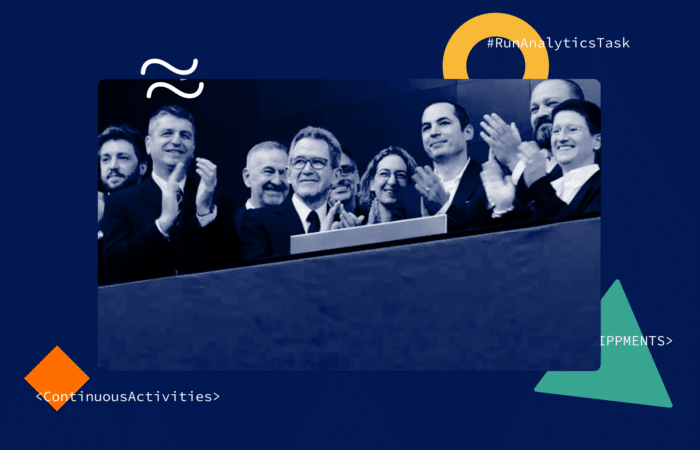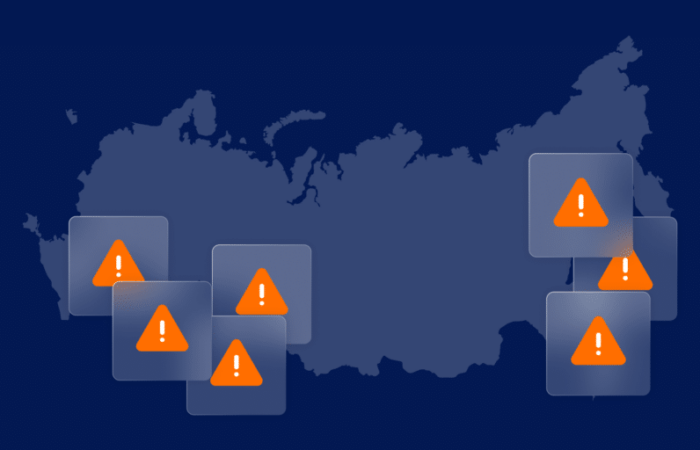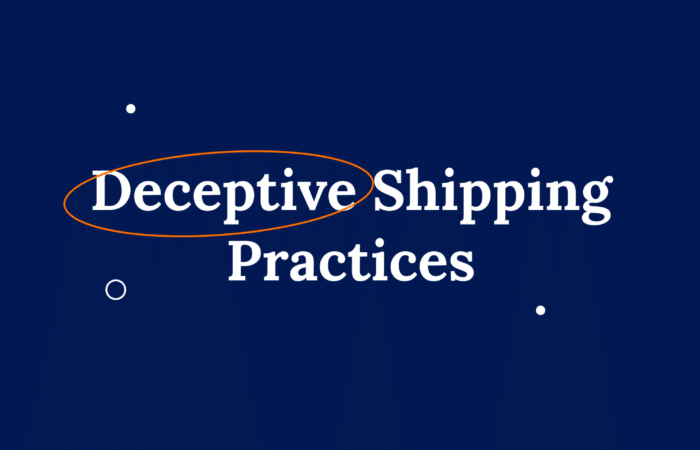What’s inside?
James Bond must be an insurer’s nightmare. He drives fast. Ignores signals. Seldom sleeps. And has a tendency to be shot at. Claims, if not total write-offs, would seem inevitable. Yet for all his faults, whoever insures 007 will be acutely aware of the risks they’re underwriting. After all, we all drive cars, and can intuitively understand what constitutes risky driving. The same, sadly, does not apply to ships.
For a start, ships are much more complicated and much more expensive than cars (even the ones driven by Mr Bond). Few of us are captains, technical managers or owners, and so although we’re blessed with abundant and easily-accessible ship-tracking data, it’s not easy to understand which vessel operations indicate future risk.
For example, in the video below, we can see a vessel, circled in red, making its way from the right of the screen to the left. To the untrained eye, it looks like any other ship sailing on its merry way.

It’s only when we overlay the context in which the ship is sailing – in this case, shipping lanes (aka Traffic Separation Schemes, or TSS) – that we can see this vessel is being operated in an erratic and risky way, cutting through the Separation Zone, even sailing against the traffic for several hours.
Such behaviour is unlikely to be a one-off. The ship probably sails like this on a regular basis – so much so that it can be viewed as an intrinsic characteristic of the vessel; part of an Operational Profile which, in this case, implies a greater probability of the ship having an accident – and filing an insurance claim – in future.
Every vessel has a unique Operational Profile, which is dynamic and changes over time. Unlocking it can create a fresh perspective on the different risks associated with each and every ship and fleet.
Take Geography. Where a ship operates and how long it stays in different places is the most fundamental aspect of the operational profile. For example, our analysis shows that vessels travelling for longer periods at night at dangerous depths are 2.6 times more likely to have contact accidents the following year
Or how about Navigation? Ordinarily, we’d expect ships to sail in the safest and most efficient way from A to B. Some of this is defined by regulations, some by best practice, and some by voyage-specific, ad-hoc decisions. But there will be vessels that have a tendency to sail through heavily congested traffic lanes. To the untrained eye, this won’t seem problematic. Our analysis tells a different story: vessels travelling for long periods in congested traffic lanes are twice as likely to have collision accidents the following year.
Overall, there are 1500 such operational risk factors, each contributing to the risk of a ship for the year ahead. As seen in the table above, some factors only apply to specific vessel types or for specific accidents.
But this data is far too granular to effectively support underwriting decisions. And it would be impossible for a person to analyse such a huge amount of the stuff, and then use it to make valid assessments.
That’s why we use machine learning models to accurately rate the risk of every ship for the year ahead. Building on a database of past claims, the models crunch numerous data points and risk insights from the operational profile and produce a score from 1-5: the higher the score, the greater the likelihood of the ship having an accident. And since risk for the individual vessel might be too granular, we aggregate the scores for fleets.
This way, underwriters can augment their decisions with objective data insights, complementing their human intel, and enabling them to focus on building new, and more sustainable business relationships.
By using technology to put risk selection at the heart of the underwriting process, insurers can reduce the likelihood of nasty claims surprises, boost profitability and ensure the sustainability of the business, even in the face of soft market conditions.
Omer Primor is Head of Marketing at Windward









